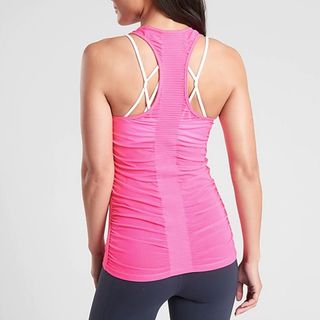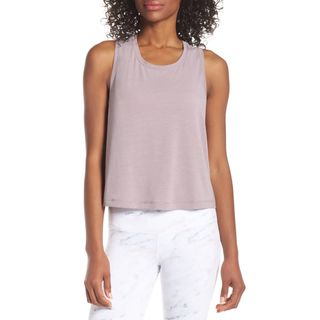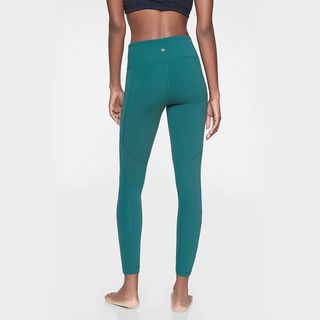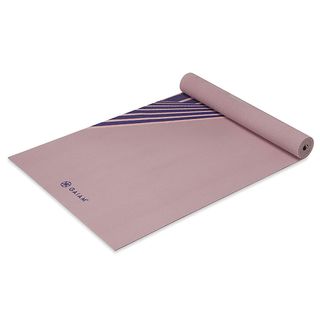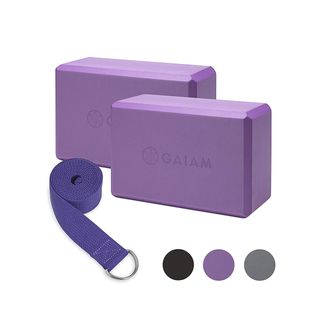5 Beginning Yoga Sequences You Can Actually Do
If you haven’t caught yoga fever yet, we have a feeling you will soon. Yoga’s popularity is spreading well beyond the realm of vegans and legging lovers. In fact, according to a recent study in The Yoga Journal, 20.4 million Americans take to the mat, up from the 15.8 million about 15 years ago. That sounds like a trend on the rise! From increasing strength to decreasing anxiety, the benefits of yoga last long after the final namaste. Still not convinced? In an article titled "Yoga Benefits: Beyond the Mat,” a little university called Harvard points to the positive benefits of yoga’s focus on inner awareness rather than physical appearance. You might not notice right away, but you won’t usually find mirrors in yoga studios, because the goal is to turn your awareness inward.
Instructor Sigrid Matthews has been teaching yoga for 34 years. Matthews co-owns Black Dog Yoga in Sherman Oaks, California, and she welcomes beginners with open arms. "When you practice yoga, you’re learning how to put yourself into more of a relaxation state. When you do that on a regular basis you get a decrease in blood pressure and an increase in oxygenation in your blood. This leads to better sleeping, loss of weight, more mental clarity and more energy,” she explains.
Ready to Flow?
If you’ve never set foot inside a studio, it’s important to know what to expect before beginning your practice. For example, a typical yoga class uses a series of sequences to "flow” from one pose to another. Instructors typically cue poses both in English and Sanskrit, the language of ancient India, where yoga first began. While it sounds much cooler in Sanskrit (think "tadasana” versus "mountain”), for simplicity sake, we’ll use English translations for these beginning yoga sequences below. Some variation of these five beginning yoga sequences are frequently done as a warm-up in a Vinyasa class…
Tabletop to Cat and Cow
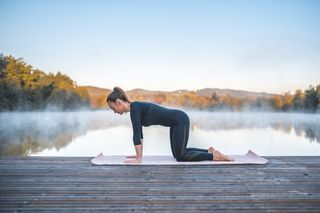
Matthews explains that tabletop pose begins on all fours and forms the foundation for cat pose and cow pose. "Come to your hands and knees (tabletop) press into the hands, press into the shins, press into the toenails; then as you inhale, move your chest forward into cow pose; as you exhale round your spine, draw your belly in, and that’s cat pose. Do this without tension in the upper shoulders or neck,” she instructs.
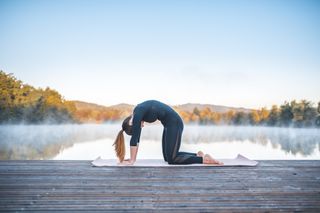

Tabletop to Lunge
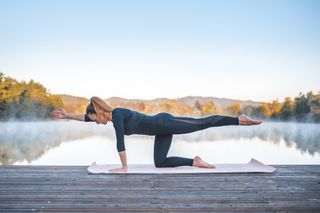
Matthews continues: "From tabletop, step one foot forward, and keep the back knee down to lunge position.”
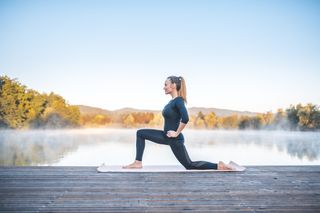
Lunge to Forward Fold
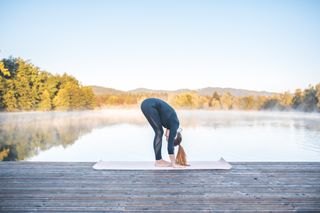
"Bring the other foot forward and now you’re in a forward fold,” Matthews adds.
Forward Fold to Mountain
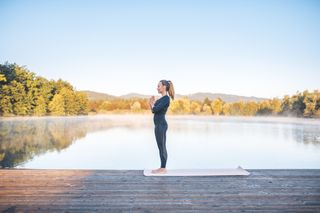
"Stand all the way up to mountain pose,” Matthews explains. As you stand up, sweep the hands up to over your head or bring them to your sides. Palms face forward or hands can be in prayer position at heart center.
Tabletop to Downward Dog
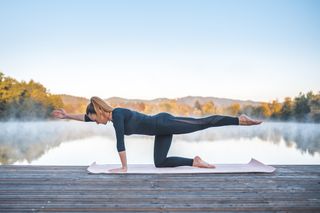
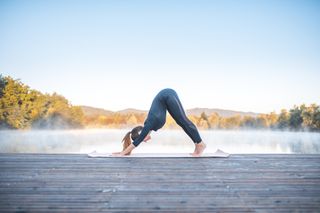
From all fours, tuck your toes and lift your hips while you bring your knees off the mat. Use your core to straighten your legs, and push the tops of your thighs back into downward dog. Don’t push too far, and keep your knees a bit bent.
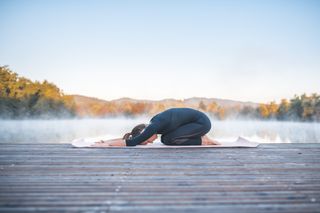
End your practice with Child's Pose.
So What's Next?
We get it, you might still be intimidated at the idea of putting on leggings and setting foot in a studio. But yoga is all about embracing vulnerability and getting to a place of acceptance.
Joanna Sesny, operations manager at Yoga Shanti in Manhattan’s TriBeCa neighborhood, encourages anyone interested in yoga to give it a try. "Look up a studio that offers a basic or beginner class. Even if you’re an athlete or your fitness level is high, my suggestion is to find a basic beginner-level class and go. Whatever is holding you back, dismiss those thoughts and go.”
No worries if you don’t own a yoga mat, since most studios have a stash available. They often provide yoga blocks and straps for you to use, too (yoga accessories really aren’t as weird and scary as they sound, we promise!). Bring your favorite workout outfit and you’ll be flowing in no time.
Looking for more ways to make yoga part of your routine? We’ve got it going om:
3 Easy Yoga Poses That Will Make Sex Better
How to Express Gratitude With Yoga: 5 Happiness-Boosting Tips
We Tried Them: 6 Yoga Mats Actually Worth the Investment
Disclaimer
This article is provided for informational purposes only and is not intended to be used in the place of advice of your physician or other medical professionals. You should always consult with your doctor or healthcare provider first with any health-related questions.
-
 NGL, I Always Get Compliments When I Wear This Brand to My Workout Classes
NGL, I Always Get Compliments When I Wear This Brand to My Workout ClassesYou just have to see the new collection.
By Emma Walsh
-
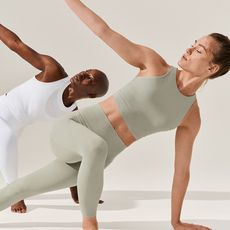 I Live for Yoga and Pilates—These Are the Pieces That Help My Flow
I Live for Yoga and Pilates—These Are the Pieces That Help My FlowTake notes.
By Humaa Hussain
-
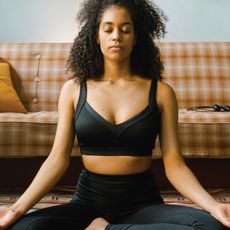 It's Time to Get Our Nutrition in Check for Summer—This App Is Making It Easy
It's Time to Get Our Nutrition in Check for Summer—This App Is Making It EasyThe recipe ideas are endless.
By Who What Wear
-
 If You're Battling With Digestive Issues, This Could Be Why
If You're Battling With Digestive Issues, This Could Be WhyTurns out, you may not have IBS after all.
By Kia Topps
-
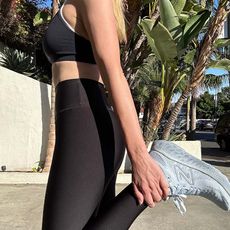 Our Editors Own a Lot of Sneakers, But This Pair Comes in First Place Every Time
Our Editors Own a Lot of Sneakers, But This Pair Comes in First Place Every TimeA major win.
By Aniyah Morinia
-
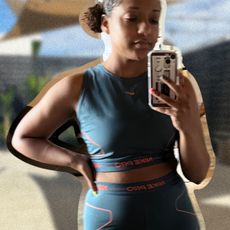 I Changed My Mind About Strength Training When I Tried This Workout
I Changed My Mind About Strength Training When I Tried This WorkoutMy confidence is officially on 10.
By Kia Topps
-
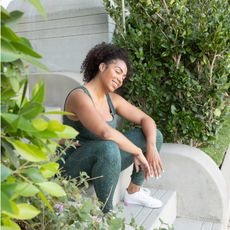 This Type of Gear Will Take Your Workout to the Next Level
This Type of Gear Will Take Your Workout to the Next LevelBring it on.
By Sarah Yang
-
 6 Essential Oils That Will Heal Your Painful Sunburns
6 Essential Oils That Will Heal Your Painful SunburnsAll-natural relief ahead.
By Samantha Parsons
